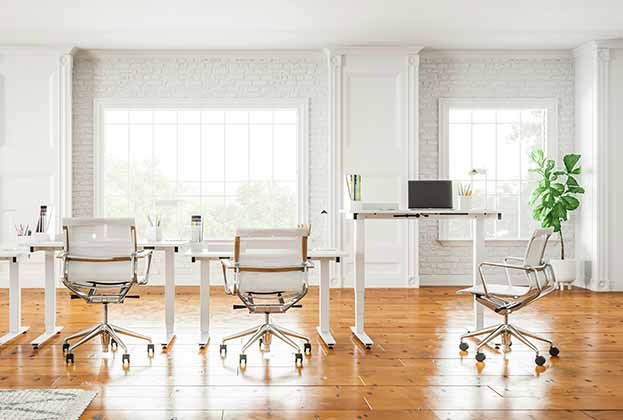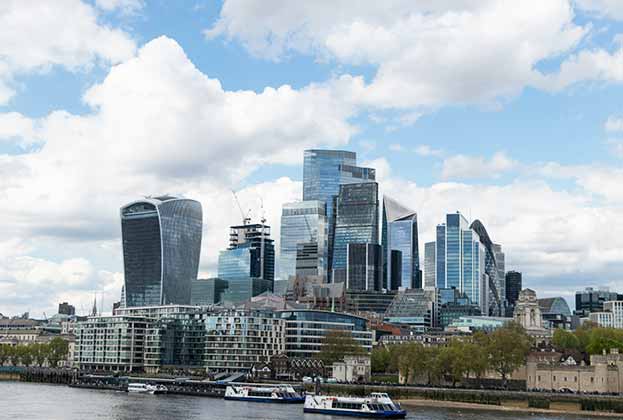UK retailers had some positive news from the Office for National Statistics recently: retail sales based on value increased by 1.2 per cent in April 2016, with the volume of sales estimated to have increased by 4.3 per cent compared with April 2015.
But although the top line sales numbers are good, the underlying trend points to weakening retail growth on the back of waning consumer confidence due to the upcoming vote on EU membership and concern regarding global economic conditions. Clothing and footwear sales in particular have been some of the hardest hit, reporting their fifth month of consecutive annual declines. April's fall of 5.9 per cent was nonetheless marginally better than the 6.1 per cent fall reported in March.
Unsettled weather and the early Easter holidays have both been touted as exacerbating a general slowdown in clothing sales, so as the weather improves over the next few months there is likely to be an upturn in sales. Even so, this bounce may be muted if consumers continue to be deterred from splashing out or delay making purchases until after the outcome of the EU Referendum is known.
How is this impacting retail property?
Positive rental growth is still predicted across the many UK retail sub-sectors over the next few years. Central London retail rents, on average, are forecast to see a 2.4 per cent increase per annum through to 2020, although they will be surpassed by the performance of fashion parks (schemes of over 50,000 sq ft or 4645 sq m, principally comprising high street retailers) which are set to see a 3.2 per cent annual rental growth. These parks therefore represent good value for real estate investors, with average yields of 5.3 per cent, 88 basis points (bps) higher than they were in 2007.
The rejuvenation of the retail offer in a number of London suburbs on the back of growing demand for ‘convenience’ retailing and house price growth means that the rental outlook for this segment is a strong 3.1 per, cent with pricing still 20bps off where they were in 2007. Similarly, shops located outside London and the South East currently also offer yields 113 bps above the low they reached in 2007 of 5.1 per cent.
In comparison, yields in some prime markets have now fallen below their 2007 levels, although these properties, such as out of town shopping centres or shops in central London, still offer investors the prospect of yields which are more attractive than many other assets including government bonds.
Further information
Read the full report: May Market in Minutes
(1).jpg)




.jpg)

.jpg)


